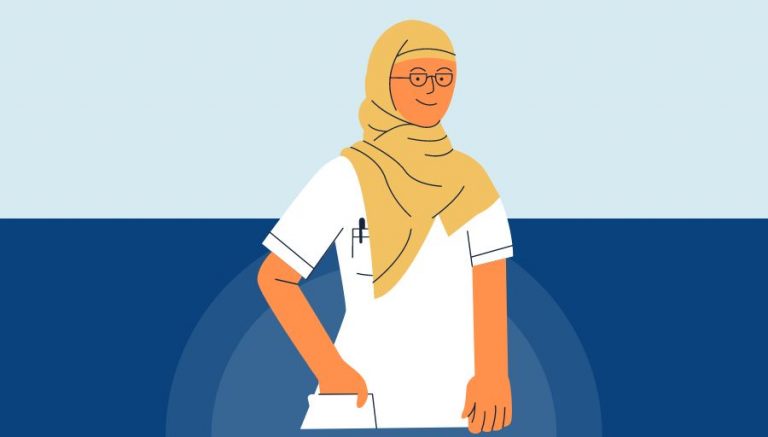ICD 10 CM S53.441A | Description & Clinical Information
ICD 10 S53.441A describes a medical condition characterized by the stretching or tearing of the ulnar collateral ligament located on the inner or medial side of the elbow joint, which is responsible for preventing the joint from shifting from side to side in an outward motion away from the center of the body, and is typically caused by contact sports, motor vehicle accidents, falls, or other blunt trauma, or prior injuries to the joint, and is identified as the initial encounter.
Official Description Of S53.441A
The ICD 10 CM book defines ICD 10 code S53.441A as:
Excludes2: traumatic rupture of radial collateral ligament (S53.2-)
traumatic rupture of ulnar collateral ligament (S53.3-)
Includes: avulsion of joint or ligament of elbow
laceration of cartilage, joint or ligament of elbow
sprain of cartilage, joint or ligament of elbow
traumatic hemarthrosis of joint or ligament of elbow
traumatic rupture of joint or ligament of elbow
traumatic subluxation of joint or ligament of elbow
traumatic tear of joint or ligament of elbow
Excludes2: strain of muscle, fascia and tendon at forearm level (S56.-)
Code also: any associated open wound
Clinical Information
The diagnosis describes by the ICD 10 CM S53.441A code is associated with ulnar collateral ligament sprains in the right elbow. This type of sprain can cause a variety of symptoms including pain, swelling, tenderness, bruising, and restricted range of motion.
When a patient presents with these symptoms, medical professionals will perform a thorough physical examination and review their medical history. Additionally, imaging may be used to confirm the diagnosis, such as Xrays, MRI, and CT scans. The provider will determine which imaging technique to use based on the severity of the symptoms and the patient’s overall health.
Treatment options can vary depending on the severity of the sprain. For mild to moderate cases, rest, ice, and immobilization of the joint in a splint may be recommended with physical therapy exercises. To manage pain, medication such as analgesics, muscle relaxants, and nonsteroidal anti-inflammatory drugs can be prescribed.
In more severe cases, surgery may be necessary to repair torn ligaments. The decision to pursue surgery is determined by the provider and is based on how the patient responds to conservative treatment methods.
It is important to note that seeking prompt medical attention for a suspected ulnar collateral ligament sprain can prevent the condition from worsening and reduce the risk of complications. Similarly, adherence to the provider’s treatment plan can also help in speeding up the healing process and may help patients avoid further injury.
In conclusion, the ICD 10 CM S53.441A diagnosis describes an ulnar collateral ligament sprain in the right elbow. While the symptoms of the condition can cause discomfort, it is important to seek medical attention if you suspect you may have this condition. By following the recommended treatment plan, patients can increase their chances of a full recovery and return to their normal activities.


